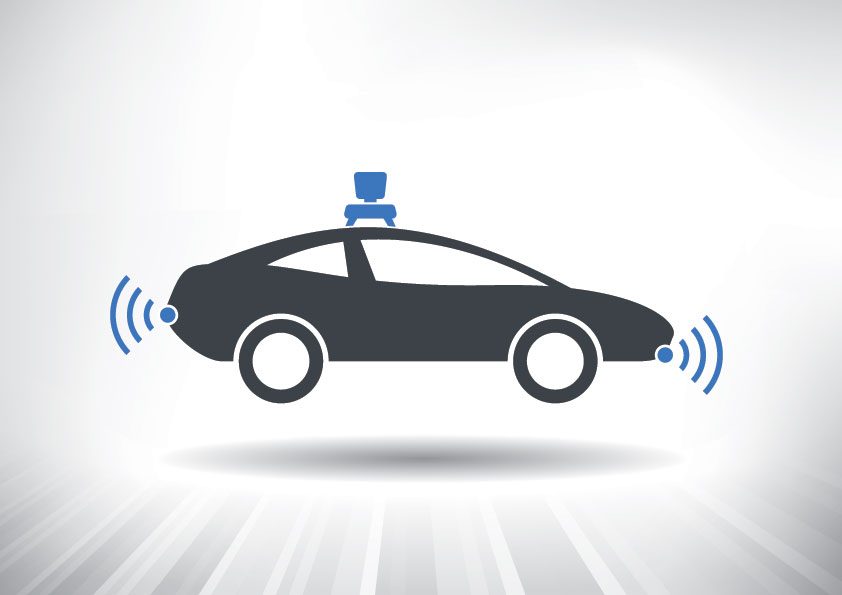
In late March, Uber made national news after a pedestrian was struck and killed by a self-driving vehicle in Tempe, Arizona. The car, a Volvo XC90 SUV, was equipped with a sensor system and in autonomous mode when the incident occurred. Because self-driving vehicles are still in testing phases, there was a driver in the vehicle. Unfortunately, the driver was not able to stop the vehicle in time to prevent the collision. Footage from the vehicle’s dash cam showed that the pedestrian was walking their bike across the street at night at the time of the collision. There was no inclement weather, and the driver was not impaired. The Volvo was traveling at 40-mph in a 45-mph zone and did not appear to slow down before the accident.
These autonomous vehicles are said to be able to detect obstacles, including a pedestrian crossing the road, using sensors placed around the vehicle. Those sensors are supposed to work for hundreds of feet and especially well at night. Tragically, this was not the case in this instance. Investigations are still underway to determine whether Uber’s car was at fault for the incident.
We have reported on self-driving vehicles before, as this has been a popular topic of conversation for a few years. Many companies are in testing stages in an effort to roll autonomous vehicles to the consumer market, but thus far only specific autonomous features have been made available to the public. Some of these include lane assist, automatic braking, and parking assist.
The idea behind self-driving vehicles historically has been to create safer transportation methods – safer even than cars with human drivers. Many manufacturers claim that by eliminating distracted and irresponsible drivers from the mix and relying solely on technology, the odds for mistakes reduce drastically. While there may be truth to this claim, it is still new territory when faced with unpredictable situations such as the crash in Arizona. Some claim that a human driver may have been able to prevent this crash if operating a typical automobile.
The state of Arizona has been a strong supporter of testing autonomous vehicles. This may be in an effort to lure companies out of California, a state that has been less receptive of the testing. For now, following the pedestrian incident, testing has been temporarily suspended in Tempe, Pittsburg, San Francisco, and Toronto.
This tragic accident speaks to the level of effort still required before self-driving vehicles will be ready for the public consumer market. Not only from a technological standpoint, but from a regulatory and legal standpoint as well. Regulating bodies and governments will need to standardize accountability for these vehicles, as well as assign driving laws accordingly.
Categories: Auto Accidents, Car Accident, Pedestrian Accident




